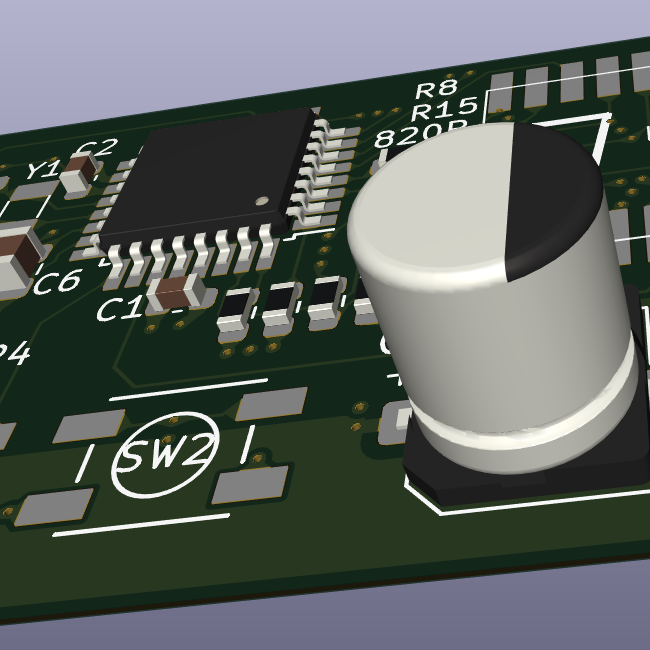Hi all,
Just got this E40HX8k FPGA. My goal is to start off small and build an 8bit adder or something and then work up to building an interface for some old Soviet core memory I have.
Does anyone have any book recommendations?
My brain vomit questions un-researched questions:
- Is Verilog like spice but text and not analog?
- What happens if you try to load a sketch to your board which exceeds its capabilities what happens? Can you fry it?
- How much do you need to account for the physical layout of the board? Do you need to “move” a small sketch closer to the memory to reduce latency or does the sketch have some compilation which squishes it into the best region?
- is there a way to visualize the final physical sketch (where it is on the board) (probably board specific.
Anyway thanks!


I used to get paid to design FPGA logic but don’t anymore.
You can think of Verilog as a level up from Spice. Spice is basically a list of components and connections. Verilog is an actual programming language, but the goal of the language is to model synchronous digital logic - gates and flip-flops. Having a good understanding of where the clocks are in your system is essential.
Most FPGA boards have a known clock frequency that comes in on a particular pin, which then may go to a PLL, and then to a global clock buffer network. That network is designed to deliver that clock signal in a uniform fashion to every part of the chip. So, since basic designs will only run on one clock, the tools will put your logic in an acceptable place for all the logic to work properly. You shouldn’t need to manually move stuff at all. If the design isn’t doing what you want, you may need to change your Verilog (or your clock constraints).
You generally can’t hurt your board by loading the wrong program onto it. The software will alert you if your design is too big, and refuse to load it. You can hurt your board if you are using external signals, and dont pay attention to where your inputs and output pins are. It is helpful to read the manual (or better yet, the schematic) so you know where to properly hook up these external signals.
Good luck!
Awesome thank you! Removes concerns I had a fair bit!